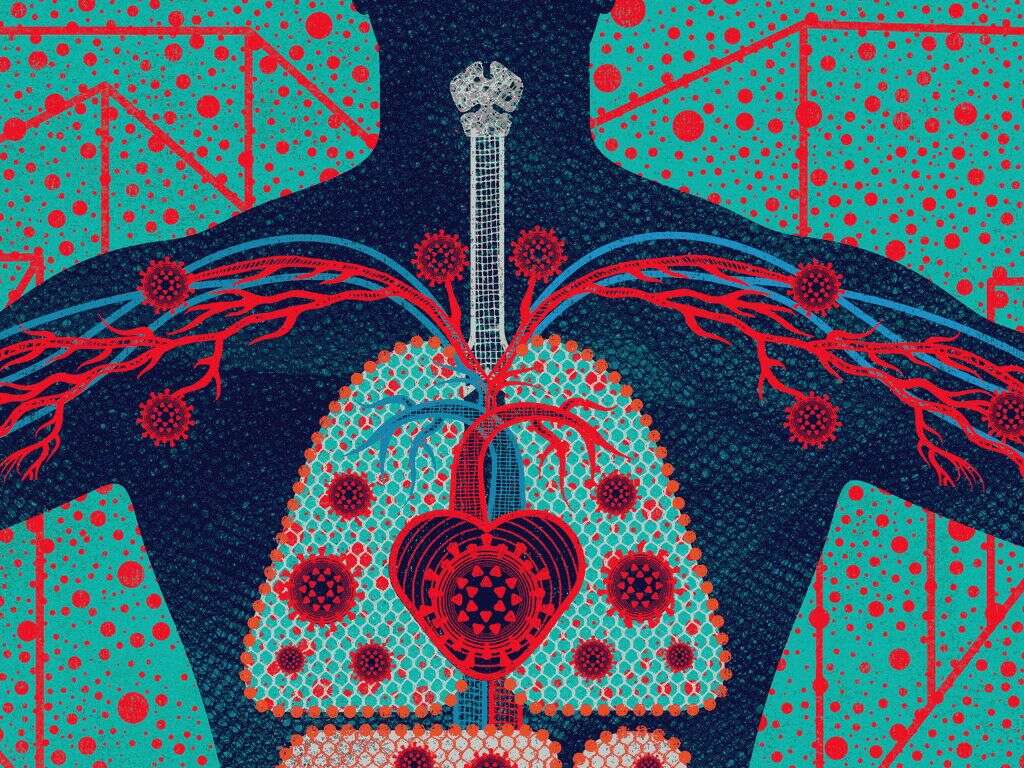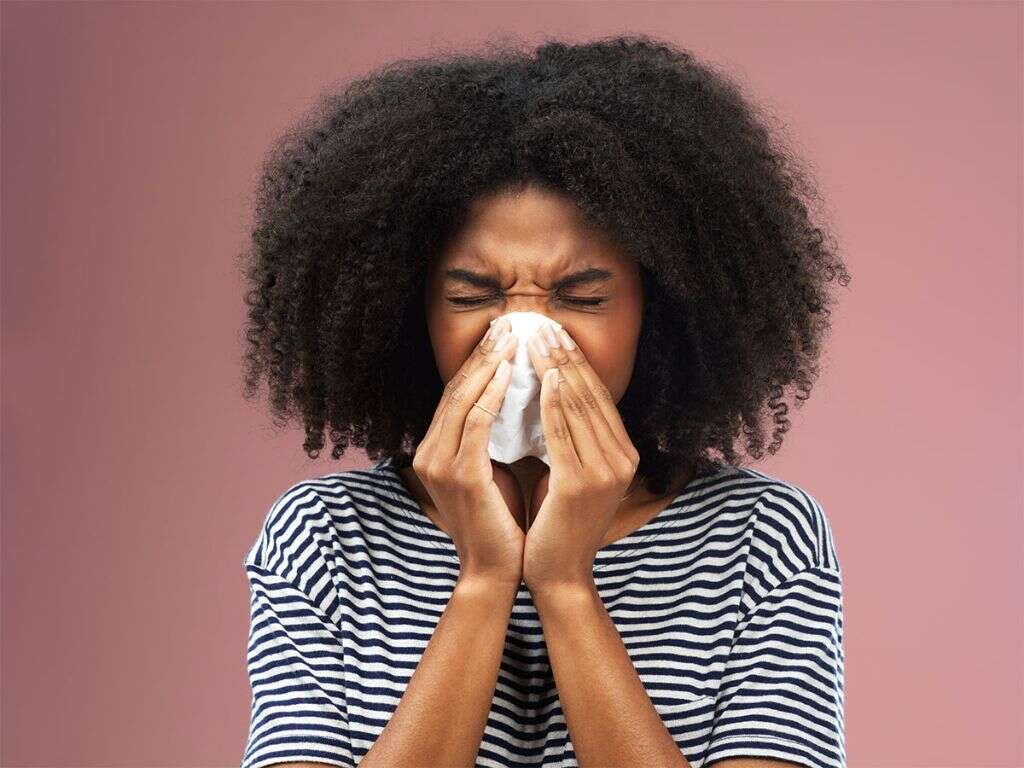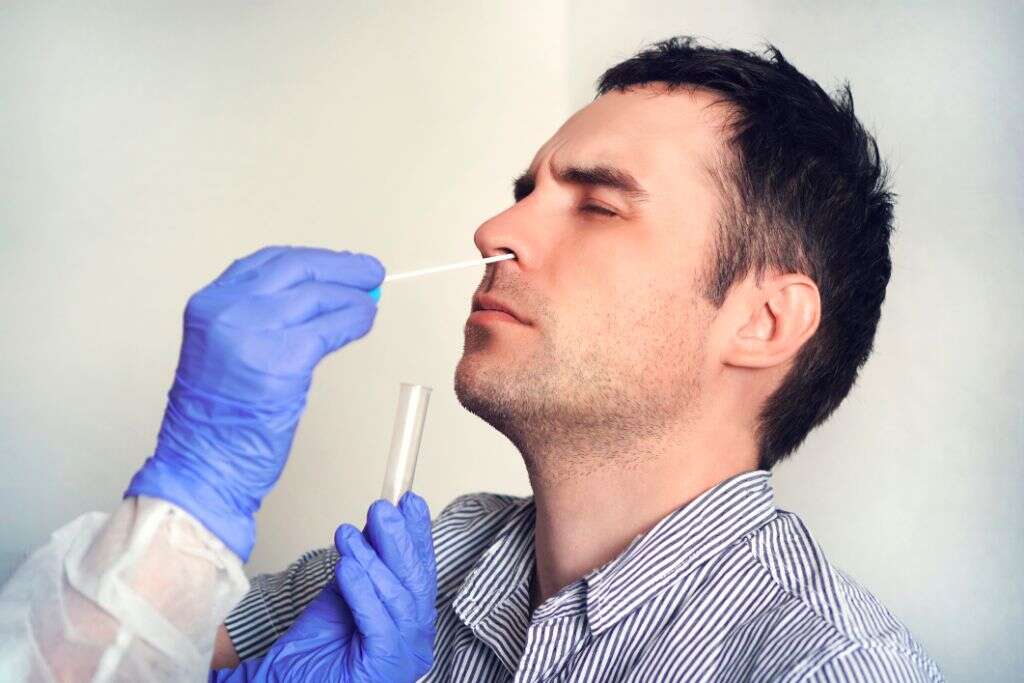What Is an Upper Respiratory Infection?
Upper respiratory infections are a set of common illnesses that impact the upper tract of the respiratory system. This system is comprised of the sinuses, nasal passage, pharynx and larynx. Each year, URIs cause more people to miss time from work or school than any other reason.
If you’ve ever had a cold, you have had a URI. Other illnesses lead to similar symptoms, with varying degrees of severity. Fall and winter tend to be the time of year when URIs are most persistent due to the close proximity between people in indoor spaces and the lower humidity air during that time of year.

1. What Is a URI?
Both viruses and bacteria can cause an upper respiratory infection. However, the most frequent culprit is a virus. There are several types responsible for creating the symptoms seen in a URI. Most common among them are rhinovirus, influenza virus, adenovirus and enterovirus.
Bacterial upper respiratory infections are less common, but they can lead to serious illness. The bacteria most often associated with URIs are beta-hemolytic streptococci Groups A and C.

2. How Does a URI Happen?
The body has numerous defenses to inhibit the invasion of viruses and bacteria. Physical barriers, such as the hair follicles in the nose, are the first line of defense against pathogens. The immune system also plays a key role in warding off the spread of infections.
Even with defense systems in place, viruses and bacteria are successful in infiltrating the body due in part to their own adaptations. Many pathogens, for example, produce toxins or adhere to the mucus membrane, making it less likely they will be destroyed. It can take anywhere from one to 10 days between invasion and symptomatic expression.

3. What Types of URIs Are There?
The various types of upper respiratory infections are identified based on what area of the respiratory tract is most affected. Sinusitis and bronchitis are two of the most familiar. The first impacts the sinuses, while the second has the greatest effect on the bronchial tubes between the trachea and the lungs.
Laryngitis and epiglottitis are the two other categories of URI. Laryngitis leads to inflammation in the larynx, causing the well-known loss of voice associated with this condition. Epiglottitis impacts the upper part of the trachea called the epiglottis. When this region is inflamed, it can pose a grave danger, as it can lead to a blocked airway.

4. Who Is at Risk for Getting a URI?
There are a number of factors that increase a person’s risk for getting a URI. These risks can be behavioral, environmental or biological. Individuals who have a compromised immune system or who have experienced physical trauma that causes physical abnormalities to the respiratory system are at a higher risk of contracting an upper respiratory infection.
Behavioral and environmental factors play a large role in who contracts respiratory illnesses. Smoking, which causes damage to the mucus membrane, and poor handwashing habits both increase URI risks. Certain environments — such as hospitals, schools and daycares — are conducive to the spread of upper respiratory infections, as is any location that requires you to be in close contact with others.

5. What Are the Symptoms of a URI?
Your body’s immune response along with the toxins that pathogens release lead to the symptoms you experience with a URI. Symptoms can vary in severity and type. People with upper respiratory infections frequently experience nasal congestion and runny noses, sneezing, sore throat, coughing and sometimes a low-grade fever.
On occasion, other symptoms are also displayed, including loss of smell, bad breath, nausea, vomiting and headaches. URI symptoms typically last no more than 14 days. If they continue beyond that time, it is important to see your doctor.

6. When Are URIs Infectious?
Upper respiratory infections are contagious. When a person coughs or sneezes, the droplets emitted can contain pathogens. If a person does not cover their coughs or sneezes, the droplets become airborne. Anyone who inhales these droplets is at risk of contracting the URI.
A second pathway for contagion exists. Droplets can land on surfaces, and if you touch a contaminated surface and then touch your mouth or nose, you can contract the illness. Likewise, an infected individual can spread the pathogen by touching surfaces, such as a doorknob, with unclean hands.

7. When Should I See a Doctor?
Most upper respiratory infections are caused by viruses, which tend to run their course in a week to 14 days. Antibiotics are not helpful in fighting viruses, and it is not advisable to take them for a viral infection. URIs caused by bacterial infections may require medical attention.
If you have symptoms that last longer than two weeks, it is a good idea to make an appointment with your doctor. Also seek medical assistance if you have symptoms that are severe or get worse over time, particularly if you are having difficulty breathing. Dehydration is also a concern that can be serious enough to require intravenous fluids.

8. How Are URIs Diagnosed?
Most people who contract an upper respiratory infection know they have it and only go to the doctor when they are looking for relief from their symptoms. Diagnosis usually consists of a physical examination, assessment of medical history and sometimes testing.
The most common test is a throat, cheek or nasal swab, which can be used to determine if the URI is caused by a bacterial infection. If the doctor suspects pneumonia, a chest X-ray may be ordered. Less common are CT scans to diagnose sinusitis and throat X-rays to detect epiglottitis.

9. What Is the Treatment for URIs?
Since most URIs are viral infections and resolve themselves without treatment, a majority of the measures are taken to help alleviate the symptoms. Cough suppressants and expectorants, as well as honey, are often used to ease coughing. Vitamin C and zinc may help to shorten the duration of the infection.
It is important to get plenty of rest to allow your immune system to do its job. Drink more water than you would normally. This helps with the dehydration caused by runny noses, poor appetite and fevers. Hydration can also reduce mucus thickness, making it easier to expel.

10. How Do You Prevent URIs?
There are steps that you can take to reduce your risk of getting an upper respiratory infection. Keeping your body healthy with a balanced diet and adequate sleep ensures a better functioning immune system. Exercise helps to reduce stress, and both of those together give your immune system a boost.
During times when URIs are prevalent, regular handwashing is one of the most important measures you can take to reduce your risk of infection. It is also a good idea to keep high-contact surfaces clean. When possible, avoid sharing confined areas with people who are or might be infected.












